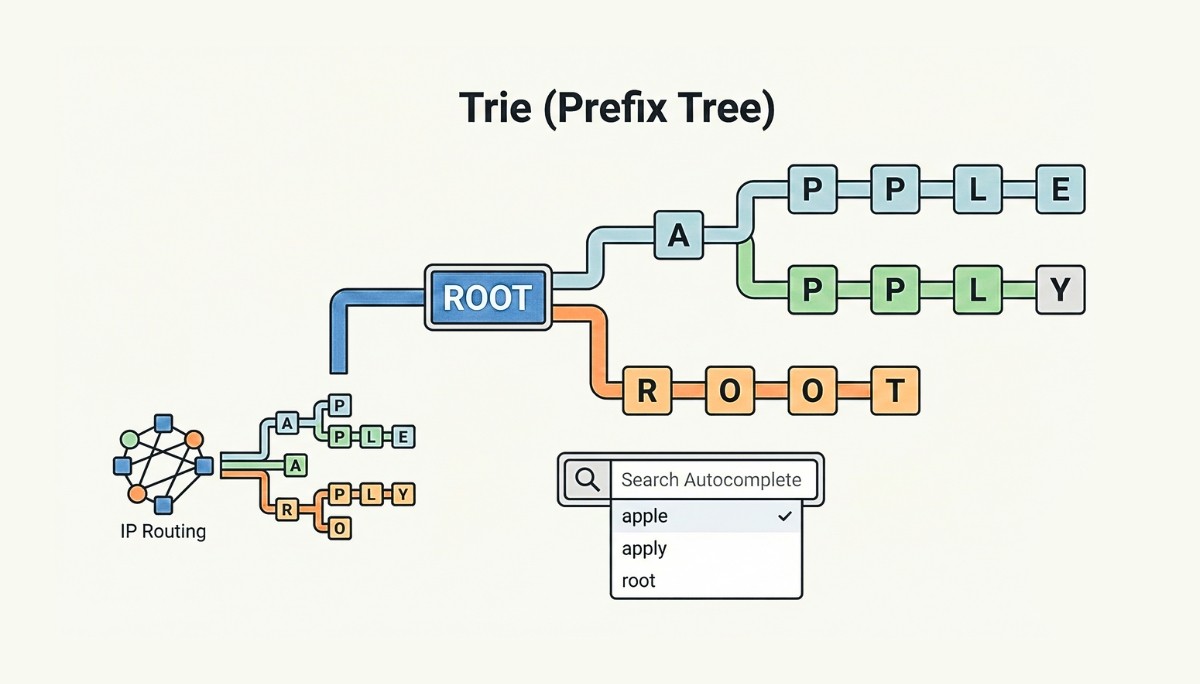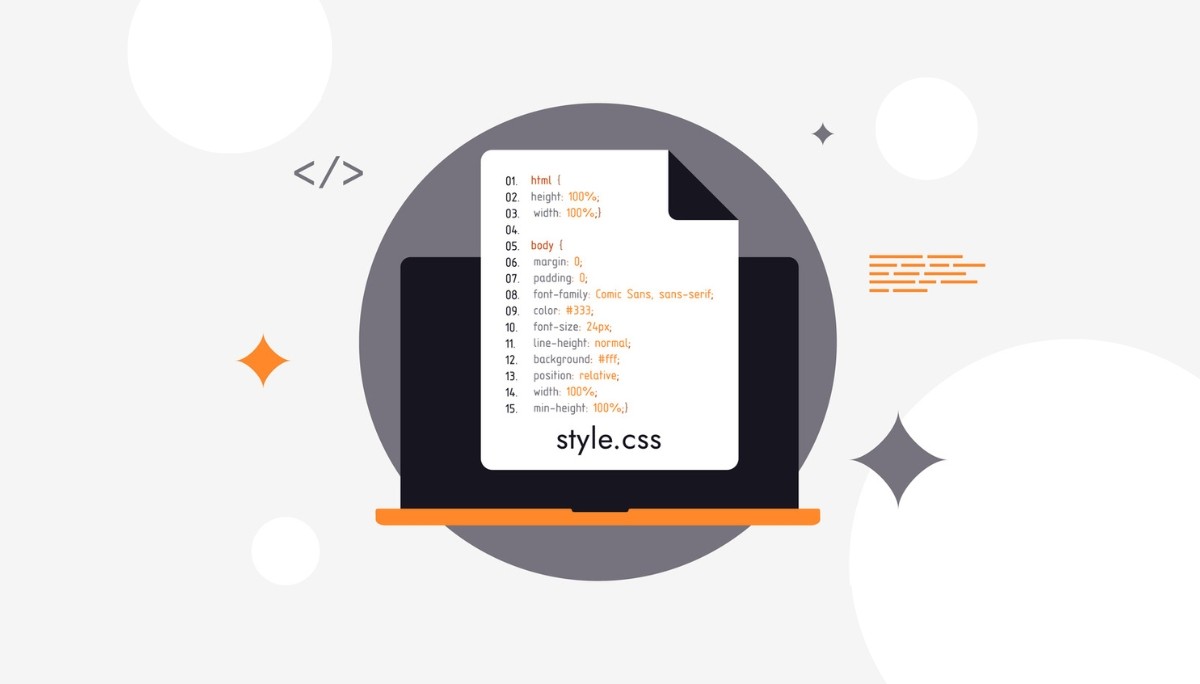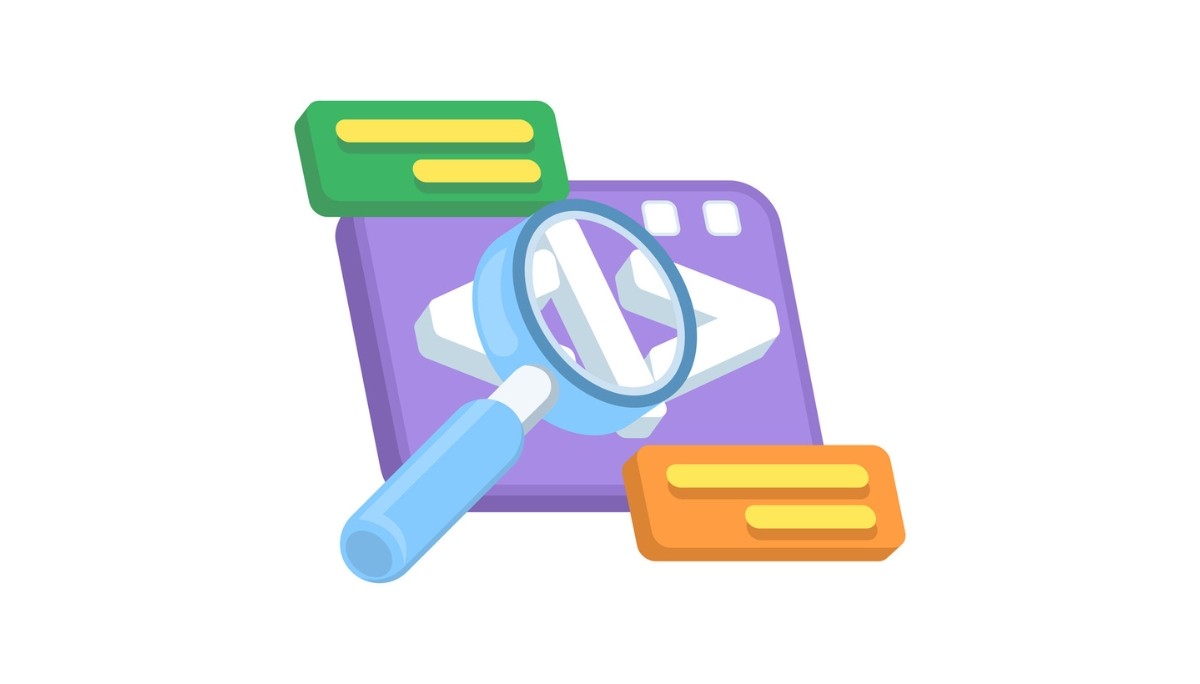Logistic Regression Made Easy with Definitions and Examples
By
Liz Fujiwara
•
Sep 19, 2025
Logistic regression is a widely used machine learning algorithm designed for classification tasks, particularly when the goal is to predict categorical outcomes. Unlike linear regression, which predicts continuous values, logistic regression estimates the probability that a given input belongs to a specific category, making it especially valuable for binary classification problems such as detecting spam emails, predicting customer churn, or determining disease presence. Beyond binary cases, logistic regression can also be extended to handle multiple categories through techniques like multinomial logistic regression. In this article, we’ll explore what logistic regression is, how it works, its key assumptions, practical applications, and provide a step-by-step guide for implementing it in Python.
Key Takeaways
Logistic regression is a key supervised learning algorithm used for classification, predicting binary outcomes using a probabilistic approach.
There are three main types of logistic regression models: binary, multinomial, and ordinal, each suited to different data structures and prediction tasks.
Proper implementation and evaluation of logistic regression require understanding important metrics such as precision, recall, and the ROC curve, as well as key assumptions like linearity and independence of observations.
Mastering Logistic Regression: A Comprehensive Guide

Logistic regression is a widely used supervised machine learning algorithm, specifically designed for solving classification problems. Its primary purpose is to predict categorical outcomes, making it indispensable across various industries. The intuitive and interpretable nature of logistic regression makes it a favorite among data scientists and analysts.
At its core, a logistic regression model outputs a value between 0 and 1, representing the probability of a specific outcome. This probabilistic approach is particularly useful for binary events, such as ‘yes’ or ‘no’ decisions, common in real-world applications. The transformation of probabilities is achieved through the logit function, defined as the logarithm of the odds ratio. This log-odds transformation is essential for handling probabilities effectively.
An important aspect of logistic regression is its reliance on the gradient descent algorithm to optimize parameters. This process ensures that the model accurately estimates the relationship between independent variables and the log-odds of the outcome. Regularization techniques can also be applied to prevent overfitting, enhancing the model’s predictive power.
Understanding logistic regression involves grasping the logit model, which estimates regression coefficients using a dataset. These coefficients are crucial for interpreting the impact of each predictor variable on the outcome. With a solid understanding of these concepts, we can explore the intricacies of logistic regression and its various applications.
Understanding Logistic Regression

Logistic regression is a statistical method used when the dependent variable is binary, indicating outcomes like success or failure. As a supervised machine learning algorithm, it excels in classification problems, particularly those with dichotomous outcomes. Whether predicting disease presence in healthcare or loan approval in finance, logistic regression is a versatile tool.
Unlike linear regression, which predicts continuous values, logistic regression predicts probabilities. Probabilities must lie between 0 and 1, and the log-odds transformation ensures the model handles them effectively.
The output of a logistic regression model represents the probability of a specific outcome. Independent variables, which influence the outcome, are assumed to have a linear relationship with the log-odds. Regression coefficients indicate the change in log-odds for a one-unit increase in an explanatory variable, helping analysts understand how factors like age or income affect the likelihood of an event.
Logistic regression is widely used for prediction and classification tasks across domains such as healthcare, finance, and social sciences, making it an invaluable tool for data-driven decision-making.
Types of Logistic Regression Models

Logistic regression models come in three main types: binary, multinomial, and ordinal. Each type serves a specific purpose and is suited for different kinds of data and prediction tasks. Understanding these types is essential for selecting the right model for your analysis.
The three main types of logistic regression are:
Binary logistic regression
Multinomial logistic regression
Ordinal logistic regression
Binary Logistic Regression
Binary logistic regression is a statistical method used when the dependent variable is binary, indicating outcomes like success or failure. This method is particularly suited for binary classification tasks, determining if a sample belongs to one of two categories. For example, predicting whether an email is spam or not is a classic use case for binary logistic regression.
The sigmoid function is used in binary logistic regression to transform the linear combination of input variables into a probability value between 0 and 1. Independent variables in this model can be binary or continuous, providing flexibility in handling different types of data.
The dependent variable in binary logistic regression takes two values, such as yes/no or 0/1. This simplicity makes it a powerful tool for addressing binary classification problems, such as predicting:
Customer churn
Loan default
Disease presence
A Bernoulli trial, which involves two outcomes (success and failure), is an example of a scenario where binary logistic regression can be applied.
Multinomial Logistic Regression
Multinomial logistic regression predicts probabilities of three or more outcomes, making it suitable for situations with multiple potential results. For example, predicting a customer’s choice among several product categories is a common application of multinomial logistic regression.
This model:
Analyzes several possible outcomes as long as the number of outcomes is finite.
Groups output values to the nearest defined category rather than predicting exact values.
Ensures that predictions remain within the set of possible categories.
By modeling the probabilities of each class relative to a reference class, multinomial logistic regression can handle complex classification tasks with multiple categories. This makes it an invaluable tool in scenarios where binary logistic regression is insufficient.
Ordinal Logistic Regression
Ordinal logistic regression is designed to handle data with a natural ranking among outcomes. Unlike binary logistic regression, which requires a binary dependent variable, ordinal logistic regression works with ordinal dependent variables where the categories have a meaningful order.
This regression type can analyze outcomes that do not have equal distances between categories, making it suitable for scenarios where the differences are not uniform. For example, predicting customer satisfaction levels (e.g., dissatisfied, neutral, satisfied) can be effectively modeled using ordinal logistic regression.
Understanding the different types of logistic regression models helps you choose the most appropriate one for your analysis. Each type offers unique advantages, and selecting the right model is crucial for obtaining accurate and meaningful predictions.
Key Assumptions of Logistic Regression
For logistic regression to produce reliable results, several key assumptions must be met. First, there must be a linear relationship between the independent variables and the log odds of the dependent variable. This linearity ensures that the model accurately captures the underlying relationship between variables.
Independence of observations is another critical assumption. Repeated measurements from the same subjects are not allowed, as they can introduce bias and affect the model’s accuracy. Ensuring independence is essential for obtaining valid and generalizable results.
Multicollinearity among independent variables should be minimal. High multicollinearity can distort regression coefficient estimates and reduce the model’s predictive power, especially when multiple explanatory variables are involved.
Additionally, logistic regression requires a sufficiently large sample size. A common guideline suggests at least 10 cases for the least frequent outcome per independent variable to ensure accurate predictions.
The Logistic Function and Equation

The logistic function is a key component of logistic regression, transforming inputs into probability values between 0 and 1. The sigmoid function performs this transformation, mapping any real number to a range between 0 and 1, creating an S-shaped curve. This transformation ensures that predicted values remain within the probability range, making the model suitable for classification tasks.
The logistic regression equation estimates the predicted probability of a certain class using weights and bias derived from the independent variables. It transforms the linear combination of input variables into a probability value, allowing the model to handle probabilities effectively.
In logistic regression, if the output from the sigmoid function is equal to or greater than 0.5, it is classified as Class 1. This threshold facilitates binary classification and ensures meaningful predictions. Understanding the logistic function and equation provides insight into how logistic regression converts complex data into actionable outcomes.
Maximum Likelihood Estimation Method
Maximum Likelihood Estimation (MLE) is used to estimate the coefficients in logistic regression, aiming to maximize the likelihood function to find the optimal parameter values. This method ensures that the model accurately captures the relationship between the independent and dependent variables.
Logistic regression evaluates predictive accuracy using a cost function called log loss, which is derived from the concept of maximum likelihood estimation. The optimization process iteratively adjusts parameters to maximize the log-likelihood function, improving the model fit. This iterative process helps the model converge to the best possible parameter values.
Challenges such as encountering local minima during optimization arise due to the nature of logistic regression, which makes least squares unsuitable. Despite these challenges, MLE remains a powerful and widely used method for parameter estimation in logistic regression.
Gradient Descent Optimization
The gradient descent algorithm is used in logistic regression to optimize parameters by minimizing the cost function. This technique updates parameters iteratively based on gradients, ensuring that the model converges to the best possible values.
The cost function commonly minimized in logistic regression is the negative log-likelihood, also known as log loss. The learning rate controls the step size in each iteration, affecting both the speed and accuracy of convergence.
Gradient descent determines the direction of each update by calculating the slope of the loss function and moving in the opposite direction. Lower values of the cost function indicate higher model accuracy, making gradient descent a critical optimization method in logistic regression.
Understanding gradient descent provides insight into how logistic regression models achieve optimal performance.
Evaluating Logistic Regression Models
Evaluating logistic regression models is essential for understanding their predictive performance and accuracy. One key metric is precision, which measures the proportion of true positive predictions among all positive predictions. High precision indicates a low false positive rate.
Recall, also called sensitivity, measures the ratio of correctly predicted positive observations to all actual positives. The F1 score, the harmonic mean of precision and recall, provides a balanced view of model performance. These metrics are vital for assessing the effectiveness of logistic regression in binary classification tasks.
The ROC curve visualizes the trade-off between the true positive rate and false positive rate across different thresholds, while the AUC (Area Under the Curve) quantifies the model’s overall ability to distinguish between positive and negative classes. Using these evaluation metrics ensures that logistic regression models are reliable and accurate, providing valuable insights for decision-making.
Practical Implementation of Logistic Regression

Implementing logistic regression practically involves several steps, and Python is a preferred language for this task. Key points include:
Scikit-learn is one of the most popular libraries for logistic regression in Python.
It provides a user-friendly interface.
It offers robust functionality for model building and evaluation.
The first step is preparing the dataset, which involves importing libraries such as pandas and scikit-learn, cleaning the data, and splitting it into training and testing sets. After preparation, the logistic regression model is fitted to the training data using the logistic regression function in scikit-learn.
Once trained, the model can make predictions on the testing data. Evaluating performance using metrics such as precision, recall, and the ROC curve ensures the model’s accuracy and reliability.
Following these steps allows for effective logistic regression implementation, translating theoretical concepts into actionable insights using Python and scikit-learn.
Implementing Binary Logistic Regression
Binary logistic regression is used to predict the probability of a binary outcome based on one or more predictor variables. To implement binary logistic regression, start by importing necessary libraries such as pandas and scikit-learn. Next, prepare the dataset by cleaning it and splitting it into training and testing sets.
After preparing the data, create the logistic regression model using scikit-learn. The LogisticRegression class is used to instantiate the model, which is then fitted to the training data using the fit method. This process estimates the regression coefficients that best describe the relationship between the predictor variables and the binary outcome.
Once trained, the model can make predictions on the testing data. Evaluating performance using metrics such as accuracy, precision, recall, and the ROC curve ensures reliability. Following these steps enables effective implementation of binary logistic regression, leading to accurate predictions based on your data.
Implementing Multinomial Logistic Regression
Multinomial logistic regression is used to predict probabilities of multiple unordered outcomes from various independent variables. To implement multinomial logistic regression in Python, the LogisticRegression class can be used with the multi_class parameter set to multinomial. This ensures the model is optimized for the type of data being analyzed.
The implementation process involves preparing the dataset, similar to binary logistic regression. The data is cleaned and split into training and testing sets. The LogisticRegression class is then used to create the model, specifying the multi_class parameter. The model is fitted to the training data using the fit method, estimating the regression coefficients for each category.
Once trained, the model can predict the probabilities of each category for the testing data. Evaluating the model’s performance using metrics such as accuracy and the ROC curve ensures its reliability. Following these steps allows for effective implementation of multinomial logistic regression, resulting in accurate predictions based on your data.
Common Terminologies in Logistic Regression
Understanding key terminologies in logistic regression is essential for grasping the concepts and applying them effectively. Odds represent the ratio of the probability of an event occurring to the probability of it not occurring. This measure helps interpret the predicted probabilities of different outcomes.
Log-odds, the natural logarithm of the odds, are computed through a transformation that allows the model to handle probabilities effectively. The log-odds transformation expresses a linear function of the input, making it easier to interpret the relationship between variables.
Likelihood refers to the probability of observing the given data under a specific model. The odds ratio compares the odds of an event occurring in two different groups, providing insights into how different factors influence the likelihood of an event.
Understanding these terminologies enhances comprehension of logistic regression and its applications.
Differences Between Linear and Logistic Regression
Linear and logistic regression are both fundamental statistical methods, but they serve different purposes. In linear regression, the dependent variable is continuous, whereas in logistic regression, it is restricted to binary categories. This distinction is crucial for selecting the appropriate method for a given analysis.
Logistic regression and linear regression differ in several ways:
Logistic regression assesses the likelihood of categorical outcomes.
Linear regression estimates continuous changes.
Logistic regression predicts probabilities between 0 and 1.
Linear regression predicts continuous values that can exceed these limits.
This makes logistic regression suitable for classification tasks and linear regression for regression tasks.
Another key difference is that logistic regression typically uses maximum likelihood estimation for parameter optimization, whereas linear regression often relies on least squares. Understanding these differences helps in choosing the right method for data analysis and making accurate predictions.
Fonzi’s Unique Approach to AI Talent Hiring
Fonzi leverages AI to streamline the recruitment process, emphasizing fraud detection and bias auditing to ensure fair evaluations. This approach automates repetitive tasks, allowing recruiters to engage more meaningfully with candidates.
Fonzi also offers fast hiring capabilities, crucial for securing top talent in a competitive job market. With most hires occurring within three weeks, the platform makes the hiring process fast, consistent, and scalable while preserving an elevated candidate experience.
The platform connects companies to top-tier, pre-vetted AI engineers through its recurring hiring event, Match Day. Fonzi supports both early-stage startups and large enterprises, accommodating hiring needs from the first AI hire to the 10,000th. By leveraging AI, Fonzi revolutionizes the hiring process, ensuring efficient and fair evaluations.
Summary
In this guide, we explored the fundamentals of logistic regression, including its types, key assumptions, and practical implementations. Logistic regression is a powerful tool for predicting categorical outcomes, and understanding its principles is essential for effective data analysis. Mastering logistic regression enables you to make informed decisions based on your data.
We also examined practical implementation using Python and scikit-learn. By following the outlined steps, you can build accurate and reliable models for your classification tasks. Evaluating these models with appropriate metrics ensures their effectiveness and reliability.
Logistic regression is a versatile and widely used method in machine learning. As you continue exploring its applications, you will find it invaluable for a wide range of predictive tasks. Embrace logistic regression to unlock deeper insights from your data.




